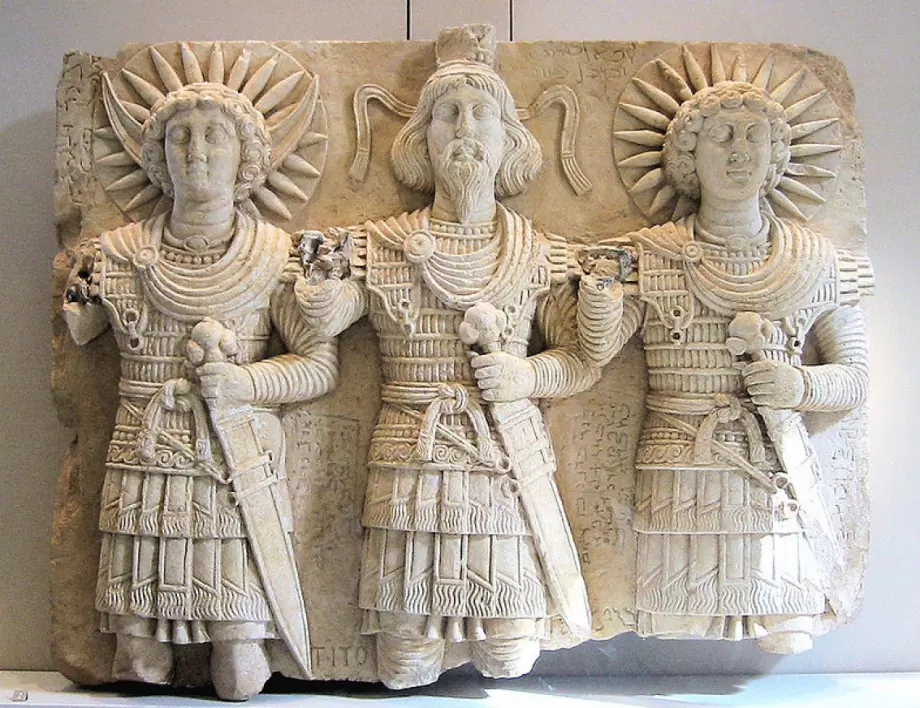An unknown god described in inscriptions from the ancient city of Palmyra, located in modern Syria, has long puzzled scientists. But now a researcher says she’s cracked the case, Live Science reports. Palmyra has existed for millennia, and the city flourished about 2,000 years ago as a trading center that connected the Roman Empire with trade routes in Asia, such as the Silk Road. The nameless deity is mentioned repeatedly in numerous Aramaic inscriptions at Palmyra. Many of these inscriptions are around 2000 years old. The unknown god has been called “He Whose Name is Blessed Forever,” “Lord of the Universe,” and “The Merciful,” according to the science journal Science in Poland. Alexandra Kubiak-Schneider, a researcher at the University of Wroclaw in Poland, compared the Palmyra inscriptions with inscriptions found in other Mesopotamian cities dating from the first millennium BC. She discovered that the gods worshiped in Mesopotamia were named in the same way as the unnamed god of Palmyra. For example, Bel-Marduk – the supreme god of Babylon – was also called “The Merciful”. The phrase “Lord of the World,” like “Lord of the Universe,” is sometimes used to refer to Baal-Shamin, the god of heaven. Kubiak-Schneider suggests that the unknown deity mentioned in the Palmyra inscriptions is not one god, but several deities, including Bel-Marduk and Baal-Shamin. She also claims that people did not mention the names of the deities as a sign of respect for them.
Also, when people wrote inscriptions calling for divine intervention, they were not always addressing a specific god, but rather any god who could hear their prayers. “There was no nameless god, any god who listened to prayers and showed favor to the person who turned to him deserved eternal praise,” says Kubiak-Schneider.
Live Science editors reached out to scientists who weren’t involved in the study to get their perspective. The responding researchers were cautious about this assumption. “Kubiak-Schneider presented his hypothesis to the scientific community, which will discuss it, and each scientist will decide to accept or reject it, presenting counterarguments in the latter case,” says Leonardo Gregorati, an archaeologist and author of studies on the history of Palmyra. Another researcher, who wished to remain anonymous, agreed that the unnamed deity was probably multiple deities, but expressed concern that some of the Babylonian texts cited by Kubiak-Schneider as arguments predate the Palmyra inscriptions by centuries.









